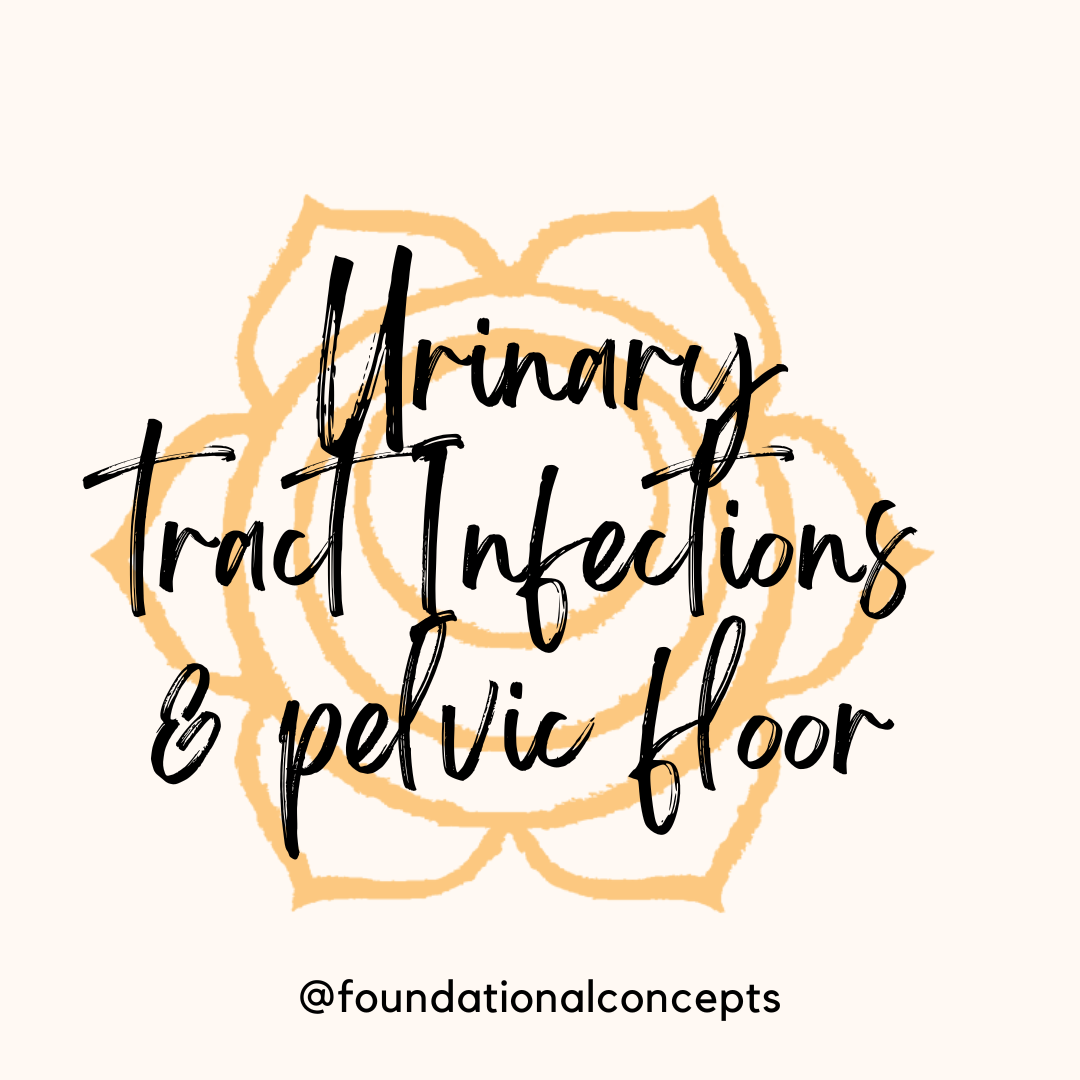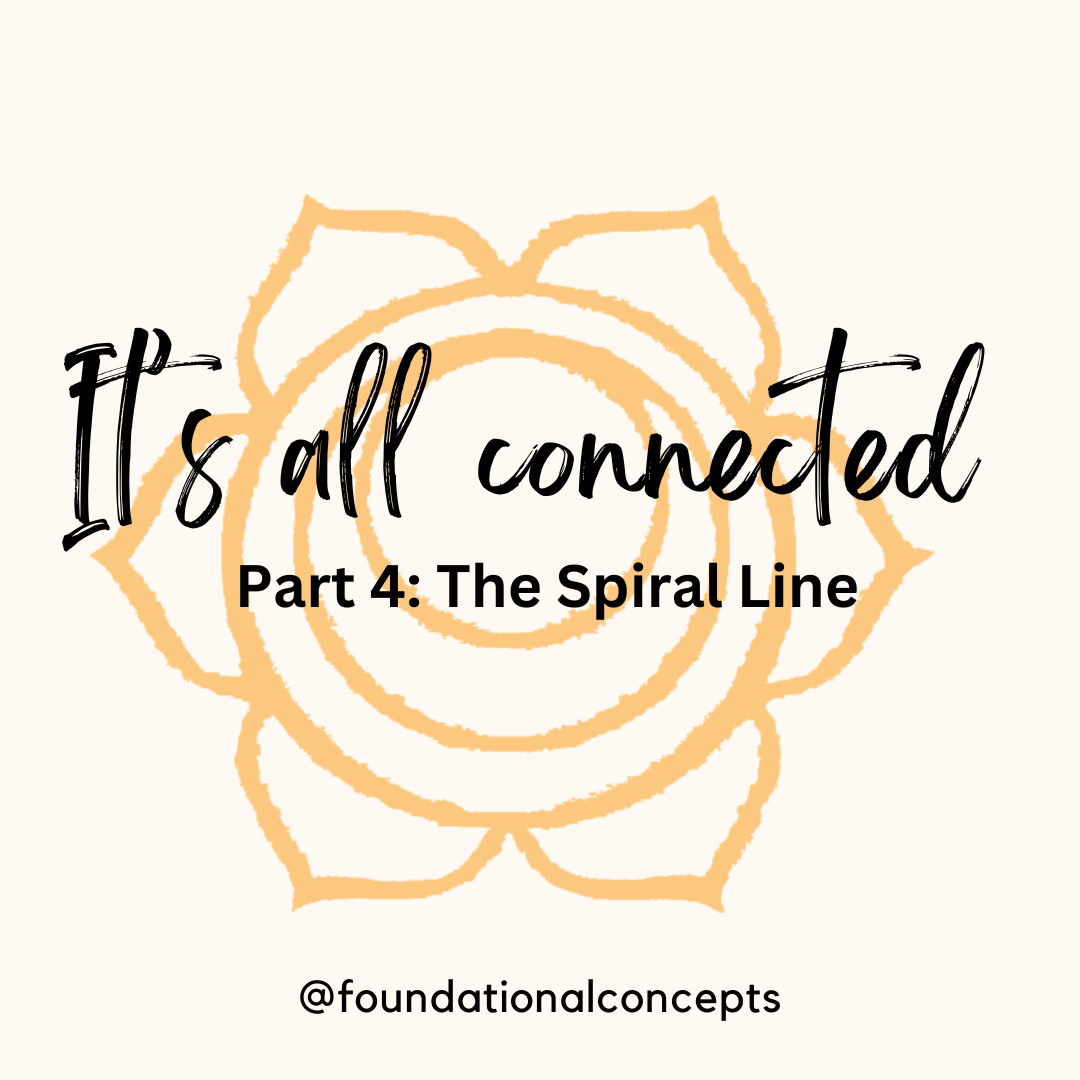In Pelvic Floor Physical therapy, as we look over our patients’ intake paperwork, one thing…

To Be Real: Talking About Vulvodynia
As I recover from my vestibulectomy surgery (a procedure that corrects vulvodynia), I’m treating myself to a complete re-watch of Sex and the City. After getting past the shock of realizing that I am now older than the characters, I settled in. I’m loving the reminders of a nearly forgotten time of landlines, answering machines, mobile phones the size of bricks, and when AOL was the entirety of our online lives.
While the technology has changed, the principals of having a core group of lady friends in your 30’s still hold up. We should all have our lady gangs and squad goals (that’s what the Millennials are calling friendships today). And we should be able to talk about life, sex, and our bodies. My friends probably wish they knew less about my vagina, but they have learned about pelvic pain and all its nuances along the way with me.
Entertainment has come a long way in being honest about sex, for better or for worse (50 Shades of Blech!). But when it comes to women’s bodies and health, we are still barely scratching the surface of telling the story. The current narrative is: women have periods, sometimes periods are painful, birth control is available in dozens of forms, and incontinence is something you can treat in aisle four in your local Walgreens. I may be painting this with broad strokes, but the truth of the matter is we don’t talk about the complexities of women’s health in mainstream entertainment.
That’s why I was actually shocked to come across Season Four, Episode Two of Sex and the City. Buried in a subplot is a scene where Charlotte goes to the OBGYN for what she thinks is a yeast infection and gets diagnosed with vulvodynia. Her vagina is prescribed an antidepressant and it is the subject of lady brunch with the girls, complete with all the expected jokes about a depressed vagina. We never hear anything else about Charlotte’s vagina (later the show deals with her infertility issues), because the real plot of the episode is Carrie’s adventure in being a runway model in a New York show.
But back up! This is amazing. Charlotte has vulvodynia. I have vulvodynia. I knew I liked this girl. In 2001, we made huge steps forward by mentioning this common condition, but then it was never spoken of again. I’m guessing one of the writers had an experience with it.
What is Vulvodynia?
So let’s be real. What is it? Vulvodynia is chronic pain in the vulva with no known source or cause. Like most conditions, it can be localized pain or general pain, or you can be lucky like me and have both.
How is Vulvodynia Treated?
Well, I can only speak for myself, but I was first prescribed a lidocaine cream. And since I was already a patient of Sarah’s at Foundational Concepts, we upped the tissue work we were doing in my PT. When that didn’t work, surgery was put on the table. Wait, you want to cut on my vulva?!
I had a partial hysterectomy last summer and I have to say that the idea of a surgery to remove skin in between my vagina and just within my vulva was more anxiety provoking than my hysterectomy ever was. My always-supportive husband didn’t get it: “It’s not even invasive. You had an organ removed. This will be easy.” Yes, ladies, my husband is still alive despite this massive fail at “getting it.”
Post-Vestibulectomy Healing
As I sit here today, nearly one week after my procedure, I have to say it is way more painful than I even imagined. I’ve been sitting on ice for six days straight. I get sad when I have to put the ice back in the freezer. I’ve now reached the itchy stage of healing where it still hurts but now it’s starting to itch. Very unpleasant.
But, they say that after this heals, the localized areas of my vulva that hurt and were the root cause of painful intercourse will no longer cause me pain. Now this will not happen overnight. I will have to work hard with Sarah in PT. I’m sure there will be many weeks of hard work before I feel 100%. But at least I did it. At least I had a pelvic pain specialty doctor, a pelvic pain specialty physical therapist, and even a sexual wellness therapist who have helped me take care of my body and my mind.
Why We Need to Talk About Women’s Health
I can’t imagine all the women out there untreated, in pain. The women buying yeast infection treatments and wondering why their pain and itchiness aren’t going away. We need to be more transparent about women’s health. Not just periods, yeast infections and peeing when you laugh, but the myriad of women’s health and pelvic pain. It’s not comfortable to talk about it. Trust me, I get it. I have two male bosses and explaining why, after endoscopy, then a hysterectomy, I had to have yet another surgery “down there” was daunting. Luckily I just left it at “surgery” and left them to wonder what on earth I could need now.
The women whom I have told have been extremely compassionate and supportive. Most of them had never heard of vulvodynia or vestibulectomy surgery. I hope that by telling my story, it will help other women either seek treatment or know they are not alone in their journey.
My hope is that, in being real, some day at a lady brunch, a woman will share her struggles with pain and someone who knows me will say, “Oh I had a friend who had this…..” And it will lead to wellness.
Season Two, Episode Four of Sex and the City is called “To Be Real.” My wish is that that 15 years later, we can do that for real.
Stephanie Carey is the host of her own podcast, Queen of Quirky & Friends. In her former life, she was a journalist in both print and radio. She lives in Kansas City with her husband and spoiled rotten dogs.




This Post Has 0 Comments